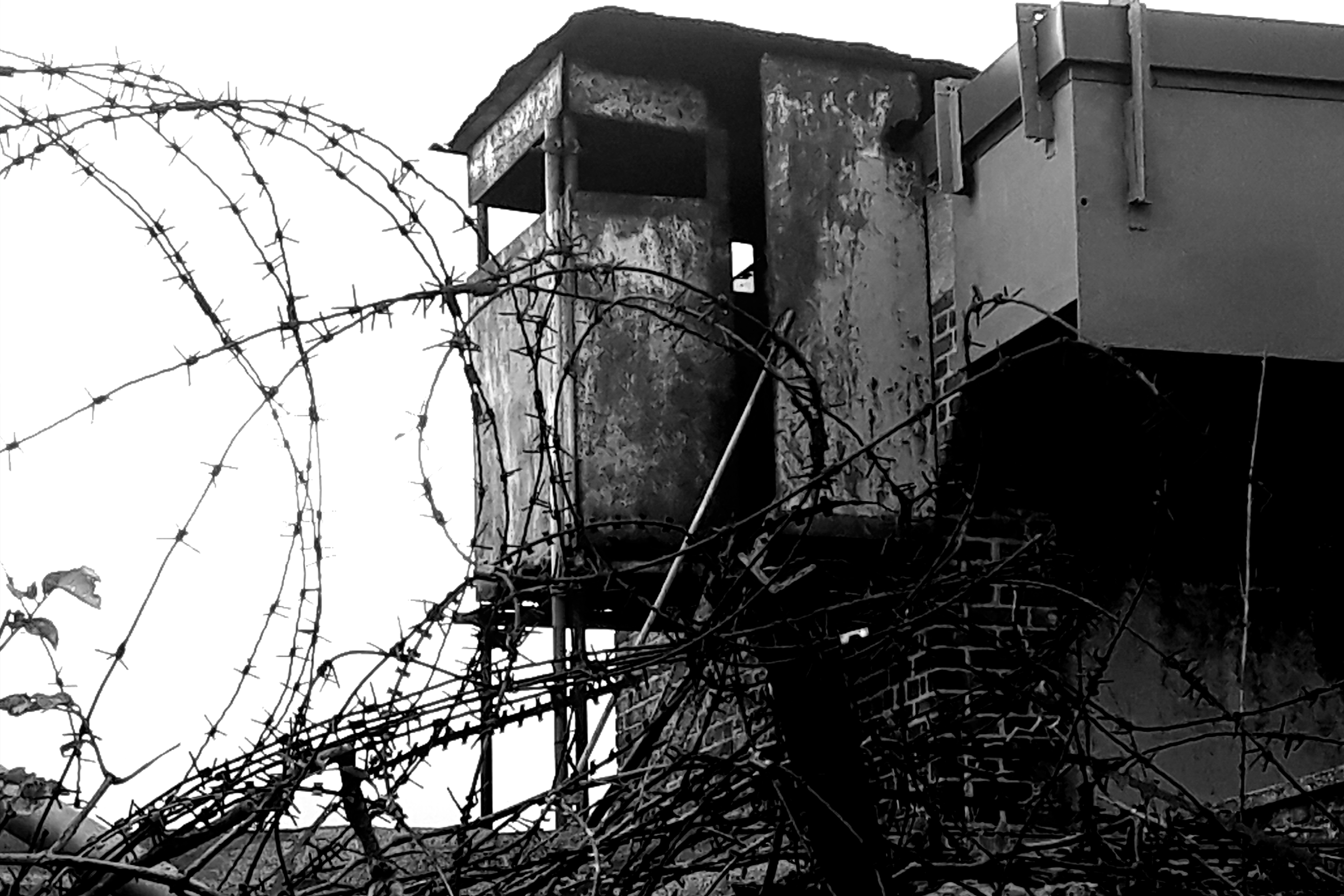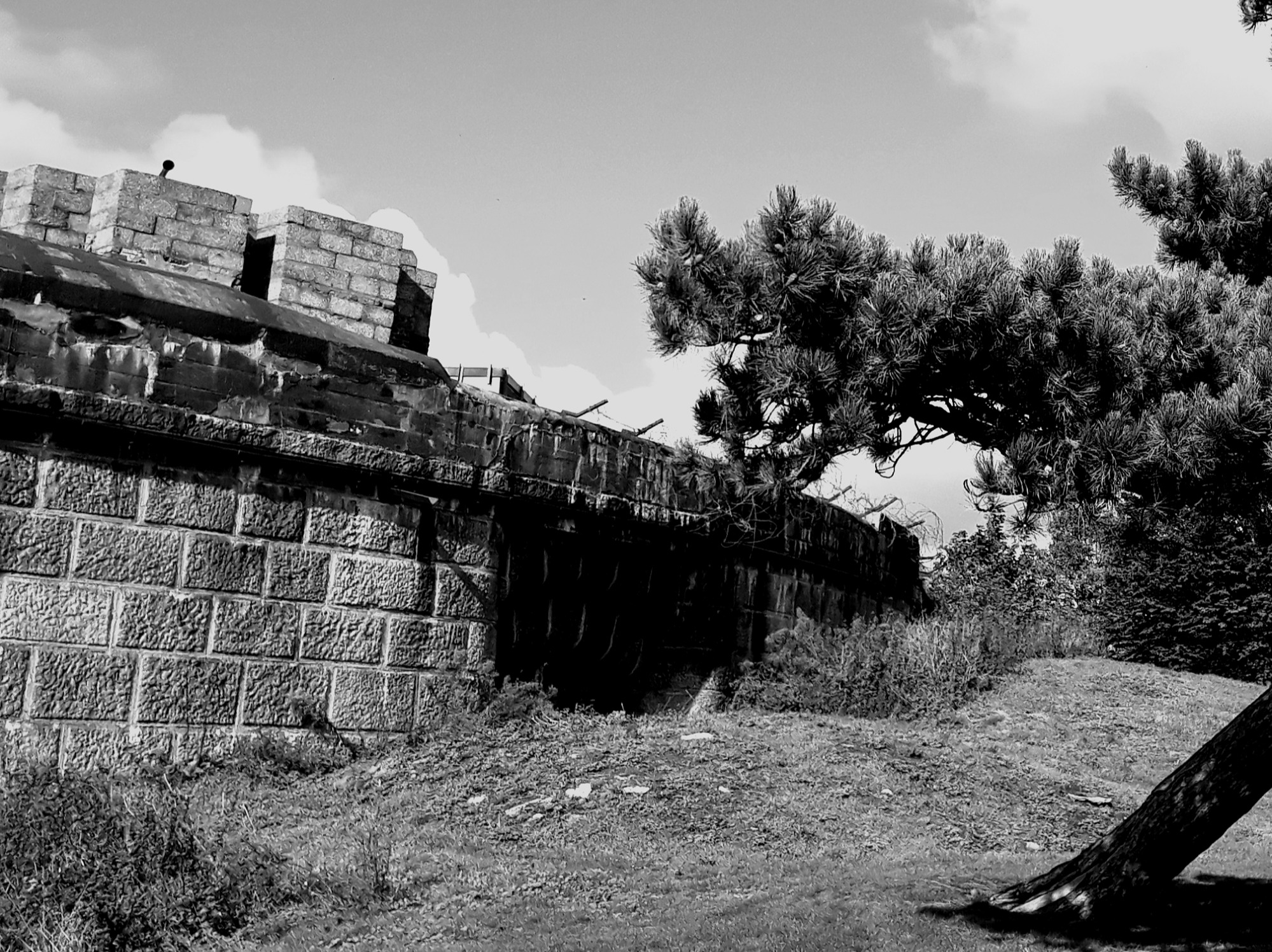One of the places we like to take a
walk is Tilbury as it en-route between our two homes. The history of the place
is truly and every time we visit, there
are new discoveries to be made and we thought you’d like a taster of what we
found out from our last visit.
Interestingly, the first defences in Tilbury were built during the late Middle Ages to defend against a French attack and there has been a timber jetty at this location since this time, often being destroyed and then rebuilt. The defences consisted of towers and earthworks. Under the reign of Henry VIII, a blockhouse was built which formed part of our costal defence scheme. This stood near the site of a radar tower that served our coast during WWII—incidentally, the radar tower still stands and was marked on maps of the time as a ‘water tower’ to distract the purpose of its use. Built in 1540, the blockhouse would have held fifteen cannons, which were updated to twenty-seven guns just seven years and had guns a range of one mile.
During the Victorian Era, a jetty was built on the same site, allowing barges to unload supplies and armaments. As you can see from the images we took, some of the wooden structures still stand from what was the railway link.
Remains of the jetty at Coalhouse

Tilbury has an interesting history—once an important gateway to the capital for temporary visitors on liners it also received one of its most important ones back on 9th August 1588. Queen Elizabeth I sailed from London to review her forces who were in preparation to repel the Spanish Armada. Stepping ashore at Tilbury Fort, a short distance from this site, the original building of which her father—Henry VIII—had built as a defence against the French and Spanish, and that had been extended during her reign, our monarch (due to the marshy terrain) travelled up the hill to what is now the modern village of West Tilbury. Local historians have identified the location of Queen Elizabeth’s speech as having taken place in a field next door to the parish church of Chadwell St Mary.
Famously, the speech she made at this location included these words, “…I know I have the body but of a weak and feeble woman; but I have the heart and stomach of a king…”
Tilbury Fort bears little resemblance now to the structure Elizabeth I would have seen. Aware of the threat of a Dutch invasion of the capital, Charles II ordered a review of the coastal defences, and the fort was remodeled into its present pentagonal shape, with a double moat. Ironically, given the threat from the Netherlands, the architect was a Dutchman. Other forts were constructed on this vital stretch of the Thames, where the river makes two 90-degree turns. If the artillery from one failed to deter an invader, there were other opportunities to repel the attack.
Four miles along the riverbank, still on the Essex side and near the village of East Tilbury, the Victorians built Coalhouse Fort. Although by the time it was completed the threat of invasion was over, its construction was overseen by a Lieutenant-Colonel Gordon, a job he found less to his taste than his later role in Khartoum. Coalhouse Fort was extended during the First World War, and again in the Second. Extra layers were added to the structure, and large searchlights were installed upon the roof.
Coalhouse Fort WWII Tower

After years of economic decline there are signs of regeneration, and a growing pride in the area and its heritage. A path, part historical and part wildlife trail is also being developed. When this is finalised the ‘Two Forts Way’ will provide a four-mile walk between the forts: or for those less interested in history, between the pubs next to each.
Coalhouse Fort holds open days, and if a lottery bid succeeds, there will be major renovations. There are no plans as yet to open the grand old Tilbury cruise terminal to the public, but the restaurant is being refurbished and will soon reopen as Tilbury Riverside, a local arts activity center, so there is a lot happening for the future regeneration of this wonderful place.
